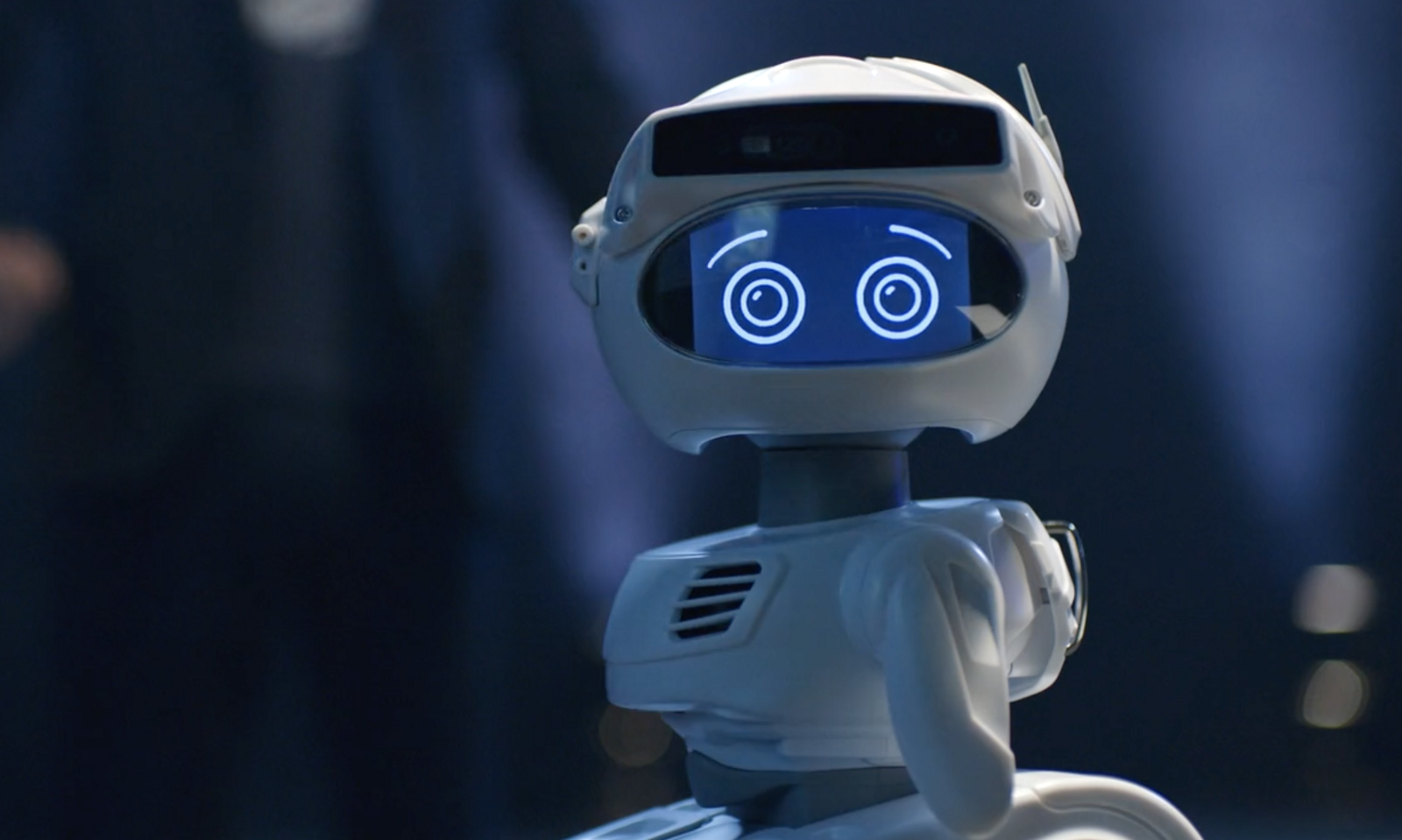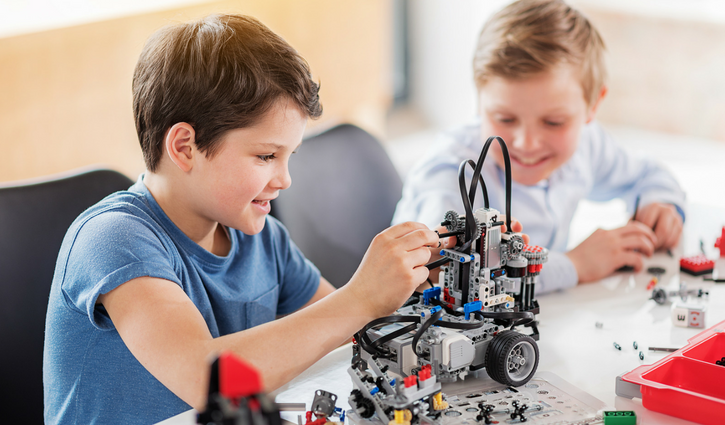
It has often been highlighted that there is a growing shortage of STEM (Science, Technology, Engineering, Mathematics) professionals in the US. Over the last decade, reports published by National Innovation Institute, National Academies study, President's Council of Advisors on Science and Technology; all pointed towards the need to increase the STEM talent pool if America were to continue its strength in science and technology.
Many attempts have been made in the past to raise enrollment in STEM courses including state aid and scholarships, but robotics seems to have renewed interest in STEM courses like none other. It brings science, technology, engineering and mathematics which were earlier taught as four different subjects, together as one.
Educational robotics has emerged as a field which involves students, coding, designing, developing and operating robots, thereby facilitating the development of their understanding and application of various subjects. The rigor and complexity of this approach vary from elementary to graduate programs. Robotics is also used to facilitate teaching and instruction to make learning fun and generate interest of students in STEM courses. With innovative ways of teaching emerging with robotics, it is fast becoming the new R of learning in the new technology-driven world.
Many programs combining STEM andrRobotics have started in the recent years that facilitate this form of teaching in schools, even at the elementary level. Robotics for STEM, FIRST®, UBTECH Robotics, VEX, RoboThink are companies that make educational robots and have introduced programs designed to make STEM-related courses simpler, interactive, engaging, and exciting at the school level. They use STEM-friendly robot kids to teach fundamental engineering concepts, design, building, testing, development and basics of coding. Students collaborate and develop robots to solve realistic problems like the need for quick transportation. A plethora of resources like Lego Mindstorms and Vex Robotics, simple programmable robots such as Sphero balls and sophisticated, engaging robots such as the NAO robot are available online.
This helps develop their interest in subjects like mathematics, coding, engineering, science and technology which lead innovation. Learning is more fun and faster, as compared to the traditional ways of imparting education. Being more interactive and creative, it has a high level of engagement leading students to pursue STEM courses even after high school. Given that STEM occupations are growing at approximately twice the rate of non-STEM courses as per the Office of Science and Technology Policy, renewed interest in these subjects prepares the required workforce needed in future.
This method of teaching as also proven to be successful for all kids including autistic children. ASK NAO is a suite of games developed for the NAO robots to teach autistic children. US-based startup developed a robot, Milo; to help autistic children.
An increasing number of schools are recognizing the need for robotics and are introducing it as a part of their curriculum. Some esteemed universities have also introduced the knowledge of coding as a pre-requisite for higher education, highlighting its importance further.
Robotics is also being considered as the sport of the 21st century. It teaches teamwork, problem-solving, and collaboration like any other sport. Many competitions are held at school and state level, where participants are required to develop robots and operate them to achieve a goal or provide the fastest solution. The game Skyhook, for example, requires the development of a robot to pick items and then transport them to the required destination. This is a simulation of a real-life solution being explored by Amazon for product delivery.
Direct application of knowledge increases the interest of students in the subjects and develops an innovative mindset at a young age. As per FIRST ®, 89% of its students who actively participated in such competitions took up STEM courses at the student or professional level. So far, Minnesota, Connecticut, and Texas have sanctioned robotics program as an official sport in high schools, and more states are expected to follow.
Robotics and its use in education are growing at a very fast pace with countries across the world. Educational Robot Manufacturers have emerged in the UK, India, Germany, S Korea, Malaysia, Spain and Switzerland and are rapidly being introduced in schools. The Queensland government, for instance, plans to make technology robotics compulsory in its new curriculum for students up to high school.
A major aspect of learning through robotics is the ability to solve a problem by trying and failing, till you succeed. Students explore and think creatively to achieve a solution. This is the basis of innovation. As students learn and apply their knowledge in STEM, they prepare themselves to be future problem solvers and innovators. This mode of education focused on innovation has brought STEM back to life, reviving the interest of students in the subject and is expected to design the future of education.
Discover more about robotics with RobotLAB!
Check our products page, and our learning platform Engage!K12 that offer a wide range of lessons for students and teachers! No robotics experience required.




